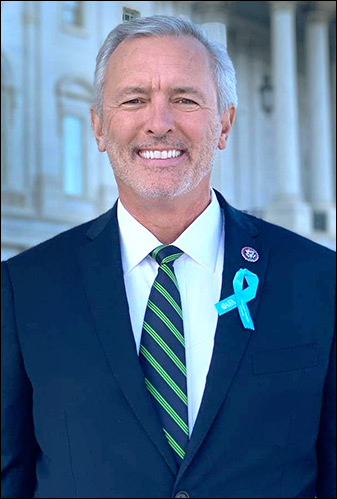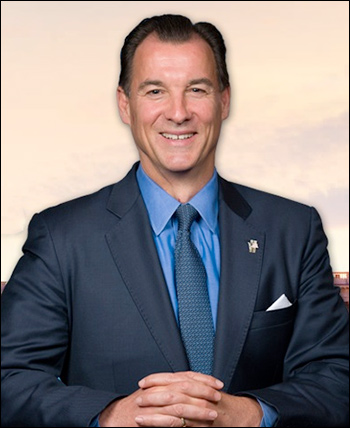
New York 2022 redistricting map. (Click on map to go to FiveThirtyEight.com’s interactive map to see breakdown of each Congressional district.)
By Jim Ellis
Feb. 2, 2022 — The redistricting boom that political observers were awaiting has hit. The New York legislature unveiled their new congressional map, and akin to what the Democratic leadership passed in Illinois, the Empire State plan decimates the Republicans just as expected.
As we will remember, New York lost one congressional seat in national reapportionment (by just 89 people statewide) thereby reducing the delegation size to 26 seats. The current 27-district map yields 19 Democrats and 8 Republicans. The new map is projected to reduce the GOP contingent to just four seats.
Starting on Long Island and knowing that Rep. Lee Zeldin (R-Shirley) is leaving his 1st District to run for governor and understanding that the four districts covering the island are a cumulative 148,780 people short of the per congressional district quota of 776,971 residents, means major differences for these seats.
The map drawers brought the 1st District further west, the only thing they could do to capture the number of needed new people, and as a result were able to turn this R+10 district according to the FiveThirtyEight statistical site into a Biden +10.8 percent seat according to an analysis in the Washington Post.
Note that because the New York presidential election was so lopsided, largely because the Trump campaign never tried to become competitive, using just the 2020 presidential numbers to project voter history is likely slanted even more distinctly toward the Democrats. Once more analyses come into the public domain, we will be better able to pinpoint the partisan trend in each new district.
The 1st District draw makes Rep. Andrew Garbarino’s (R-Sayville) 2nd much redder. His CD, designed to now follow the open 1st District’s borderline to the south, would register as a Trump +14.3 percent district as compared to the previous R+8 calculation from FiveThirtyEight.
The plan would then improve both Rep. Tom Suozzi’s (D-Glen Cove) open 3rd District (Biden +14.2 percent) as it moves further into Queens, and Rep. Kathleen Rice’s (D-Garden City) 4th CD. The latter district would record a 12.1 percent Biden performance, up from the 538 total of D+9.
All of the New York City Democrats would again retain safe seats. The big change would come in the Staten Island-Brooklyn district of freshman Rep. Nicole Malliotakis (R-Staten Island). Her current 11th CD voted for Trump in 2020 by a 10.5 percent margin (538: R+13). Under this plan, the Washington Post rates the newly configured 11th for Biden with a +9.9 percentage point spread. Former Rep. Max Rose (D), who Malliotakis unseated in 2020, is back for a re-match. If this map becomes law, as expected, the 11th District playing field will be greatly altered.
The upstate region also significantly changes. Freshman Rep. Mondaire Jones’ (D-Westchester County) district becomes slightly more competitive, from a D+17 to a Biden +13.3 percent. Rep. Sean Patrick Maloney (D-Cold Spring) would go from representing a district that 538 rated as even between the two parties to a Biden +8.3 percent edge. Rep. Antonio Delgado (D-Rhinebeck) would see his 19th CD strengthen from R+4 to Biden +10.0 percent.


